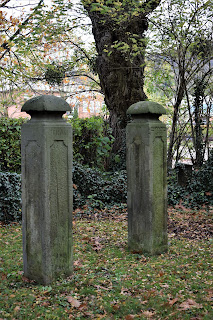Although so far, my favorite book about Bibi Netanyahu in terms of comprehensive view on the political character is Anshel Pfeffer's, The Netanyahu Years by Ben Caspit, also a journalist, offers a psychological description of the - still - Israeli prime-minister. And what you see at the end is not a nice view of him, not at all.
Used to live 'well at low cost' from his NYC years, Netanyahu - described by the former prime minister Yitzhak Rabin as 'an American soap opera hero', 'this emigrant (that) wants to be prime minister of Israel (allusion of the years Bibi spent with his family in the States) - is a man with a big, big love for power. And for Sara too.
'(...) friends, feelings, and commitments are all foreign to Netanyahu when he is focused on an objective'. As for now, his objective is to stay in power, even with the risk of keeping a country captive to his political projections, as it happens right now. Successfully entering the history as the longest prime-minister, the only way he got the revenge to Ben Gurion who marginalized his father and to the 'princes' of the Israeli politics who ridiculized his ambitions, he built up his own world. Where he and Sara - the first time in the seven decade old state of Israel when a prime minister wife become so involved in the everyday political life (not that they were not worth it) - are ruling a country, and even dare to face the American politicians and presidents. An attitude that not only damages Likud but on the medium and long term affects at a great extent the future of the Jewish state and its position into the world arena.
Although I've found that the book delves too much into psychology and even psychiatry, The Netanyahu Years is an useful reading, among other recent books about the Israeli prime minister.



